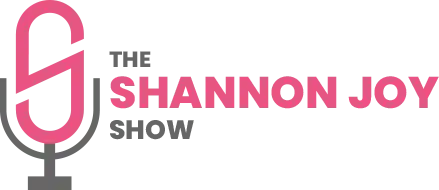Ethnic Gatekeeping in the Arts
Ethnic gatekeeping in the arts doesn’t remove barriers – it erects them. The phrase captures practices where identity requirements and strict definitions of legitimacy decide who belongs inside institutions, on stages, or in galleries. Those rules often hide under the language of authenticity or correction.
At its core, gatekeeping limits who gets to tell stories and who gets funding, exposure, and professional validation. When institutions set narrow criteria for who may represent a culture, they shrink the pool of creators rather than expand it. That narrowing affects not just careers but the range of ideas and perspectives available to audiences.
Artists who do not meet imposed identity standards can be excluded from projects that would otherwise welcome different viewpoints. That exclusion is not always overt discrimination; it often shows up as procedural barriers, grant conditions, or casting notes that privilege a particular background. The result looks like protection but feels like policing.
Audiences lose out when gatekeeping encourages safe, validated stories over risky or hybrid work. Art thrives on blending influences and on creators who navigate multiple traditions, and rigid identity filters sideline those crossovers. In practice, this can turn cultural programming into a checklist rather than a lively conversation.
Funders and programmers sometimes enforce ethnic criteria to correct historical erasure, which is a legitimate aim. However, enforcement mechanisms that rely on strict identity policing can create new exclusions while addressing old ones. The policy challenge is to restore access without replacing one barrier with another.
Another consequence is tokenism dressed up as inclusion. When institutions prioritize visible markers of identity above craft, they may uplift a few individuals while leaving systemic inequities intact. Token hires or one-off exhibitions rarely change the deeper networks that govern opportunities.
Gatekeeping also reshapes labor markets within the arts. If certain gigs or grants are restricted by identity rules, those narrow opportunities become highly competitive and highly politicized. That dynamic can intensify rivalries and discourage collaboration across communities.
For young artists, the message can be especially corrosive. Being told you must meet an external checklist to be eligible for recognition pushes many to imitate a prescribed identity instead of developing their voice. That pressure can stunt experimentation and push promising talent out of the field.
Cultural institutions that want to increase representation have practical alternatives they can pursue. They can expand outreach, invest in mentorship, and fund open calls that prioritize skill and vision alongside considerations of background. Those approaches widen the pipeline without entrenching gatekeepers.
Curatorial practices matter too; transparent criteria and community consultation reduce the risk of arbitrary exclusions. Program leaders should explain how decisions are made and which goals they serve, so artists understand pathways to participation. Clearer processes make it harder for informal barriers to persist.
There is room for targeted initiatives that address past wrongs while maintaining creative openness. Time-limited programs or capacity-building grants aimed at underrepresented groups can level the field without making identity a permanent filter. Balance and flexibility are key to avoiding new forms of confinement.
Artists, audiences, and institutions all have roles to play in reshaping the landscape. Challenging gatekeeping means insisting on access that respects identity but does not freeze it into a qualification form. The healthier arts ecosystem will favor inclusion that invites a wider range of voices and keeps the emphasis on the work itself.

